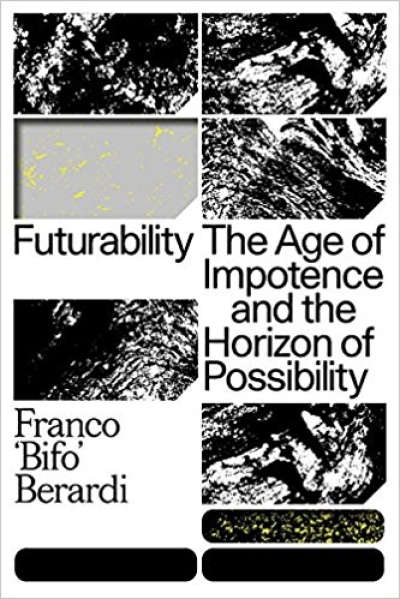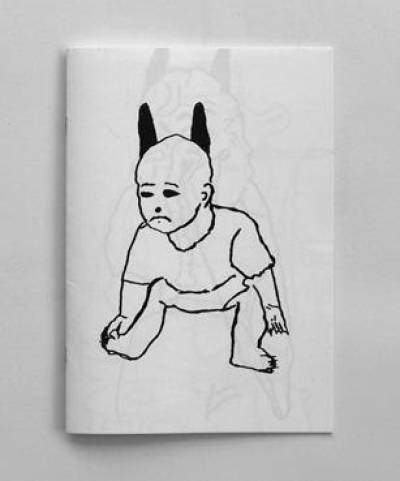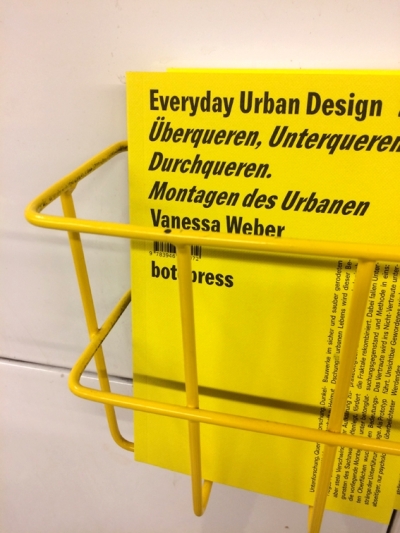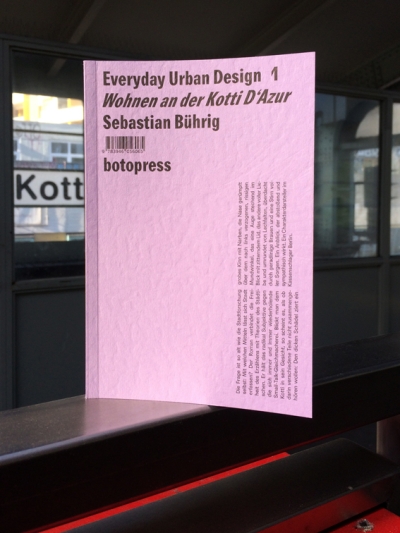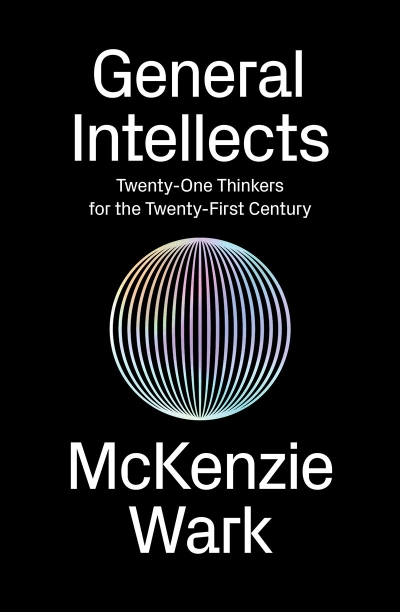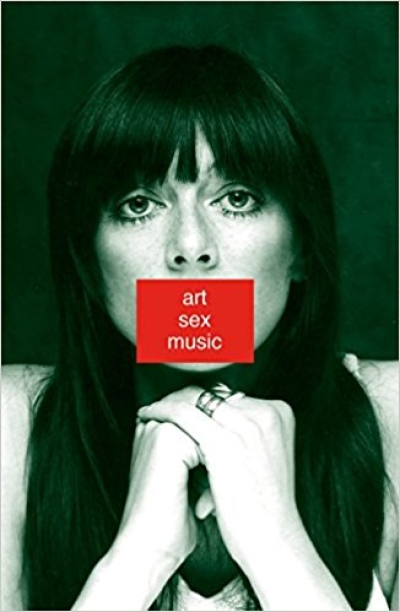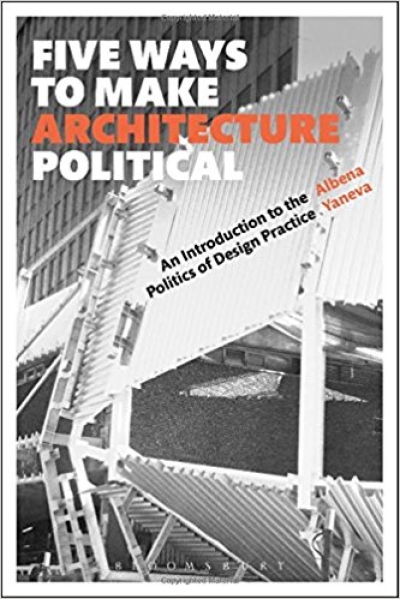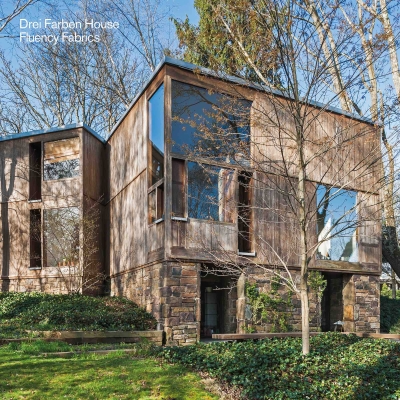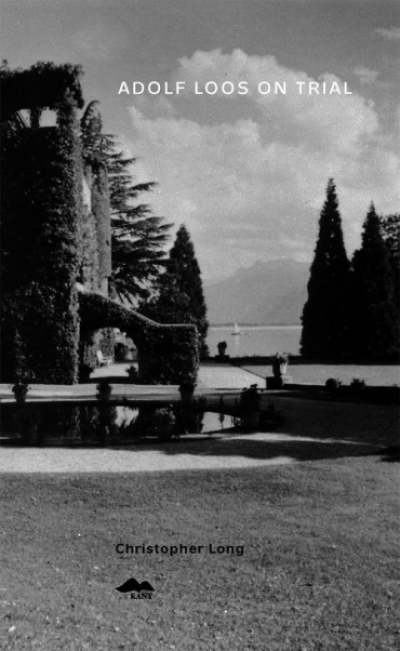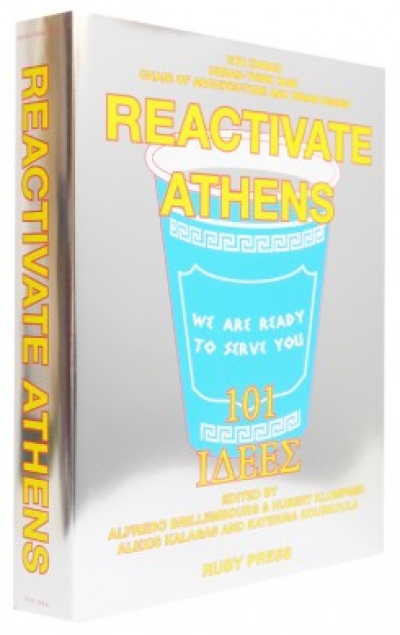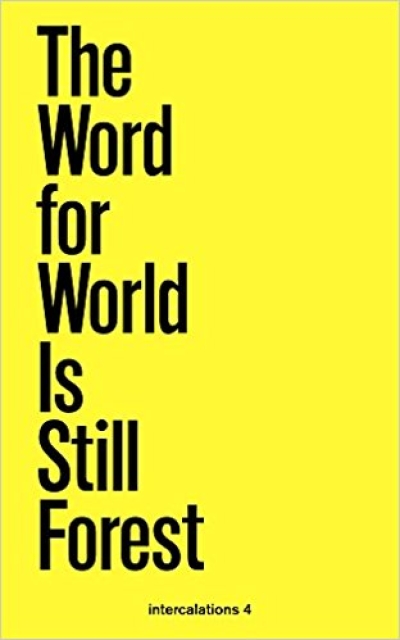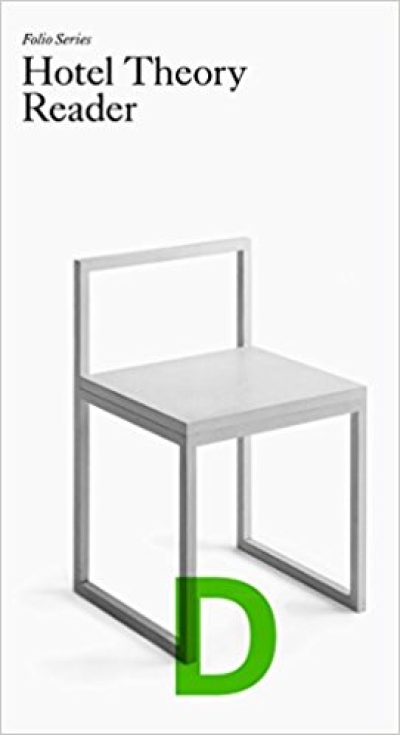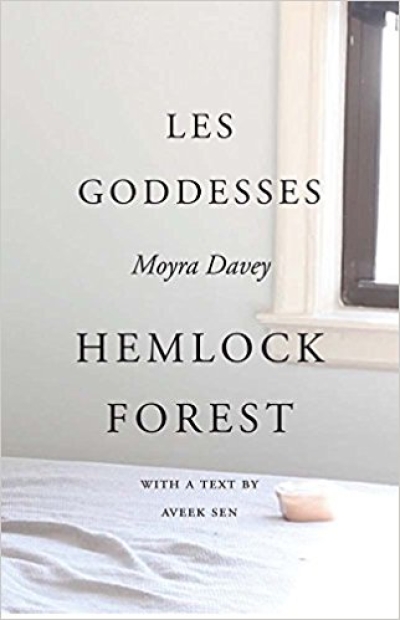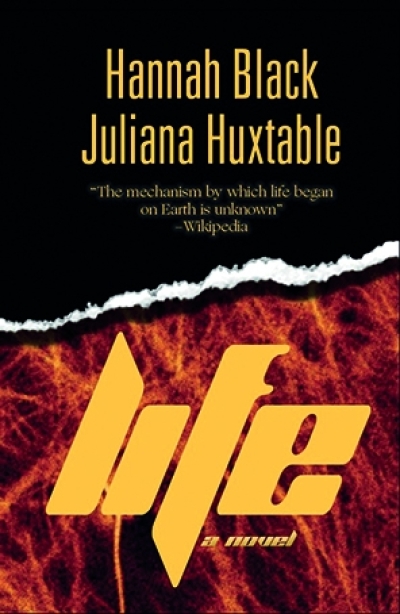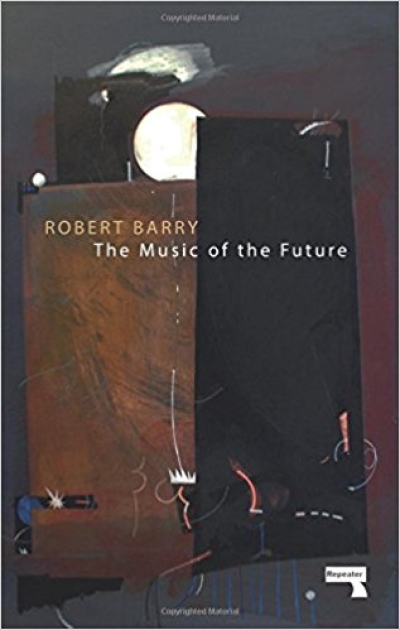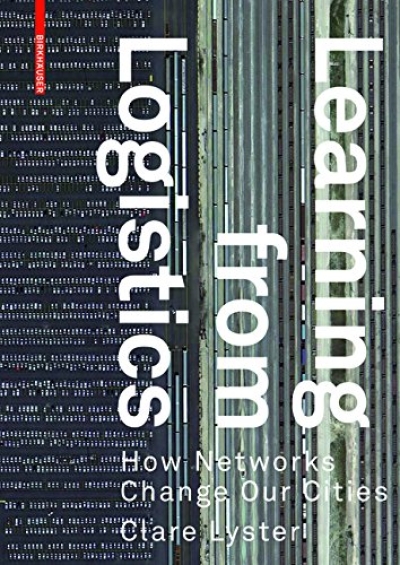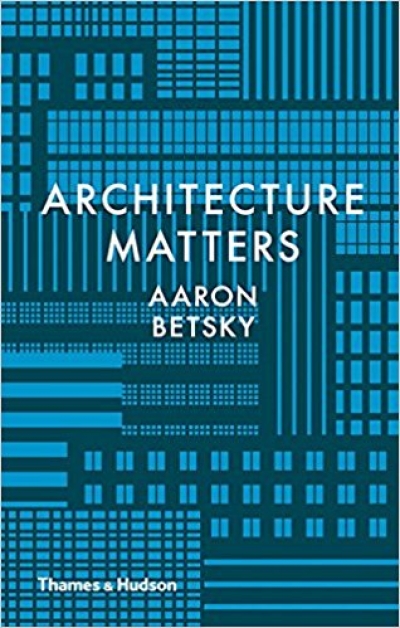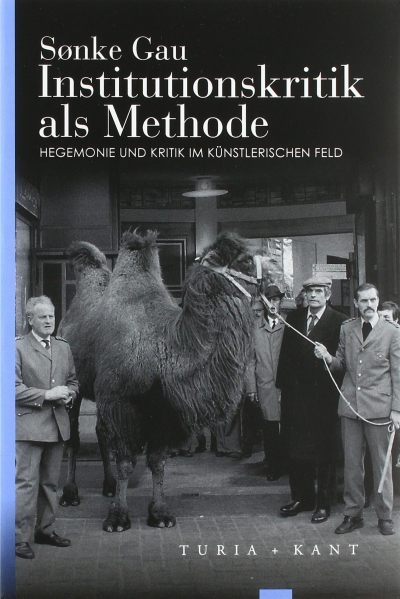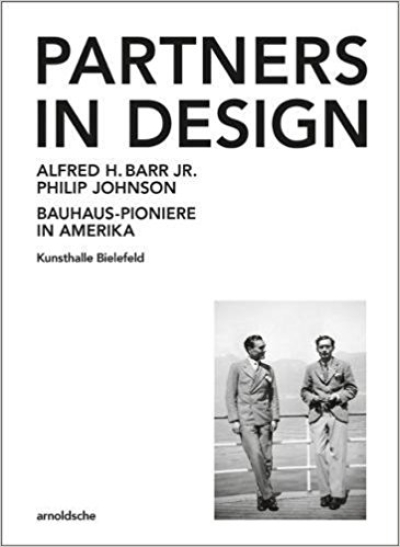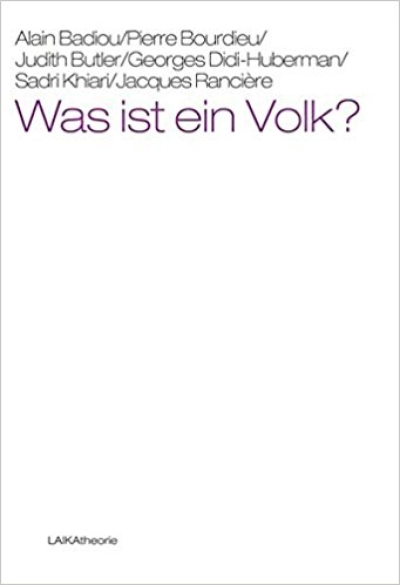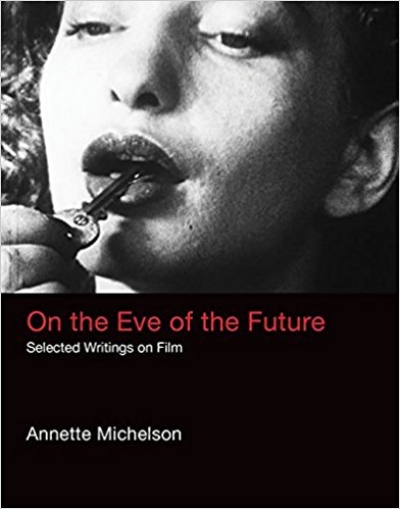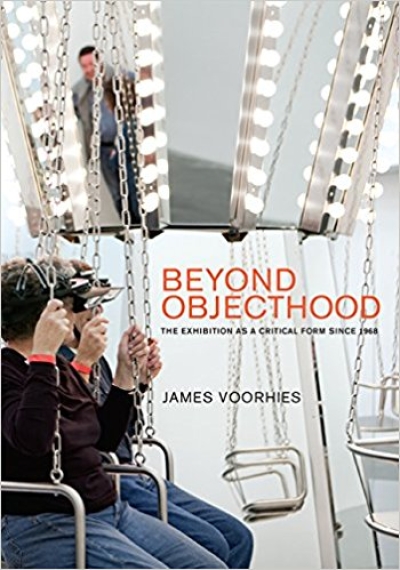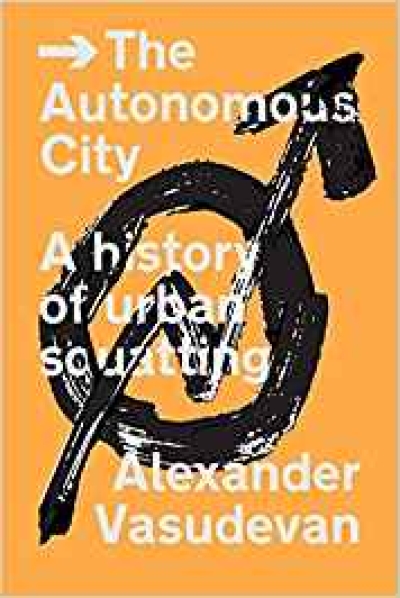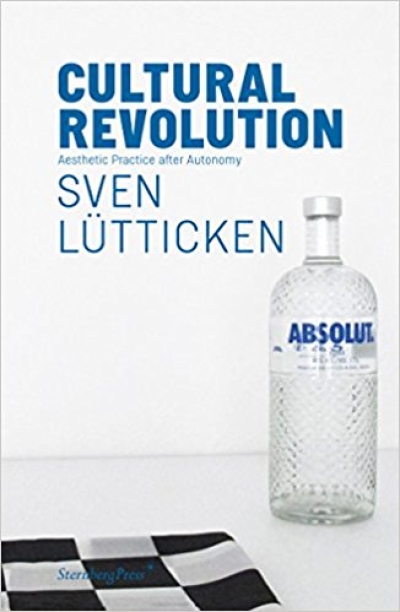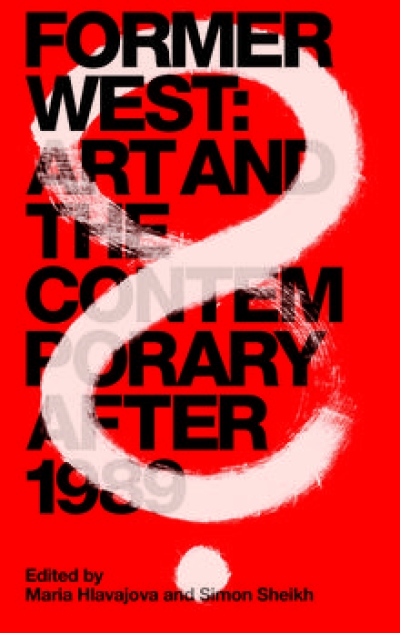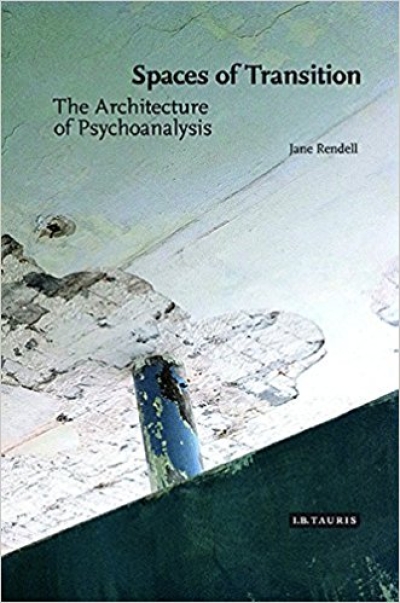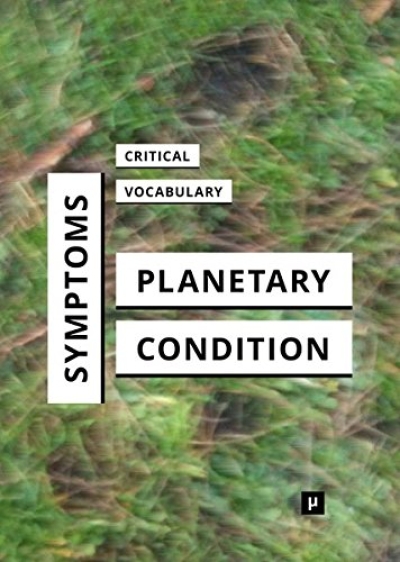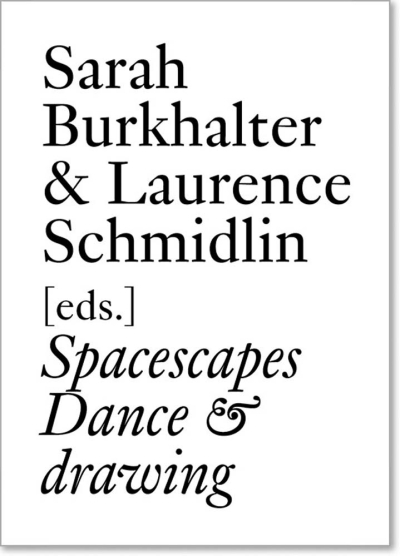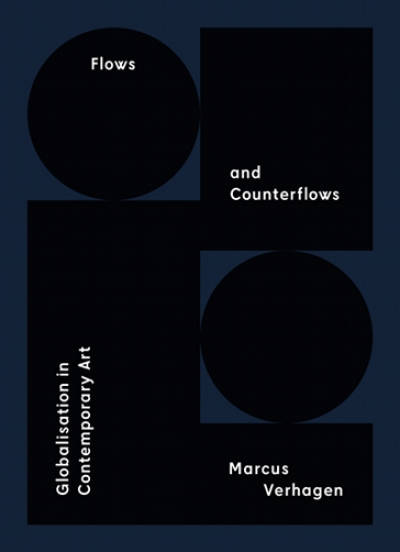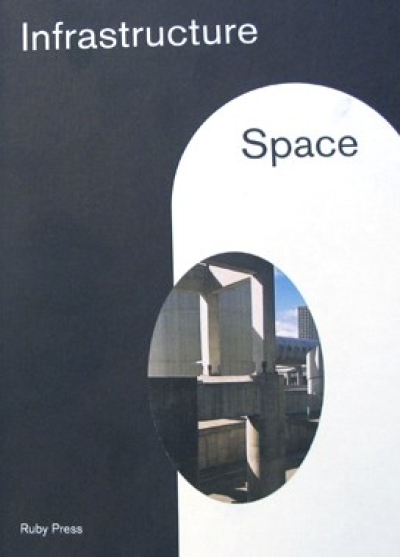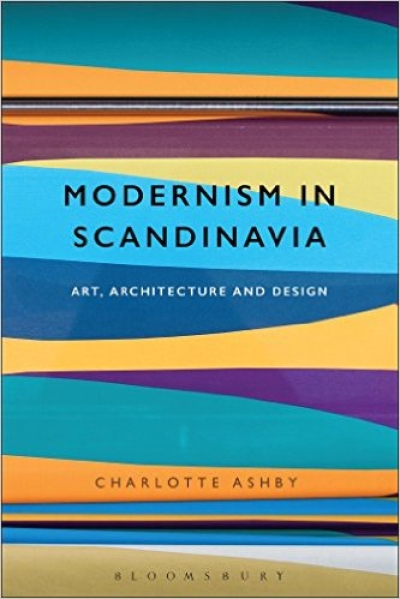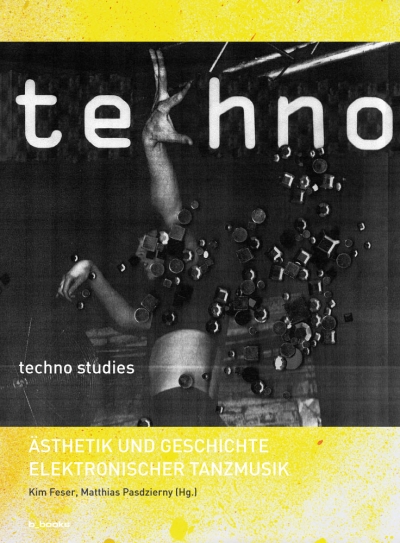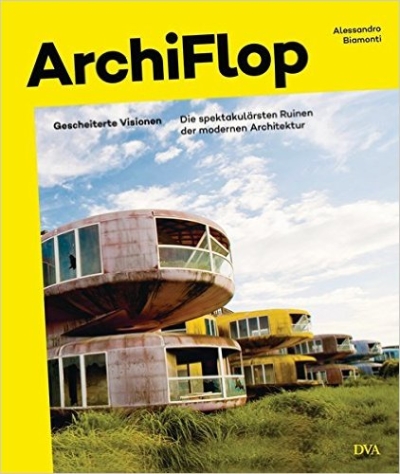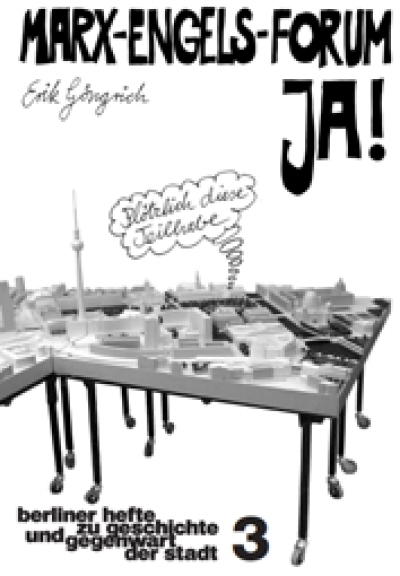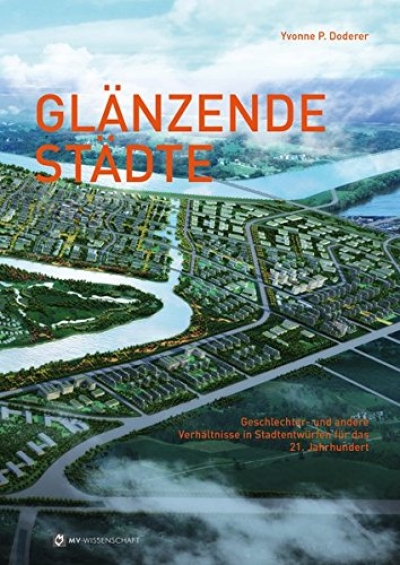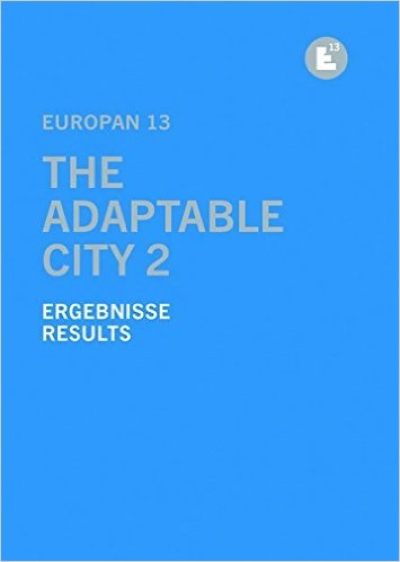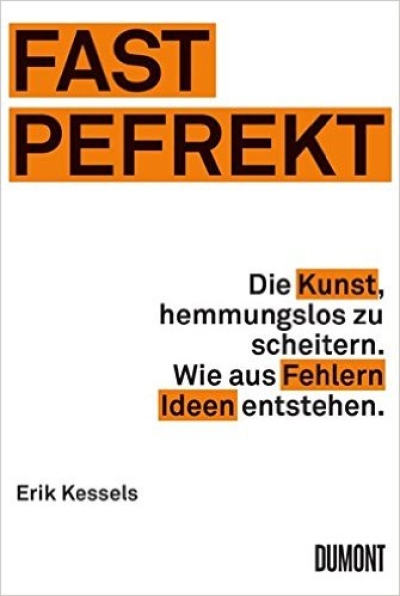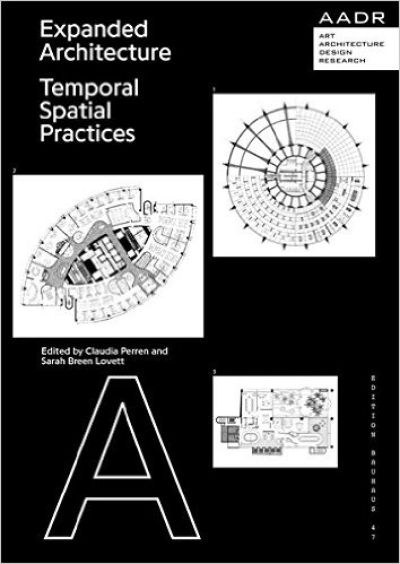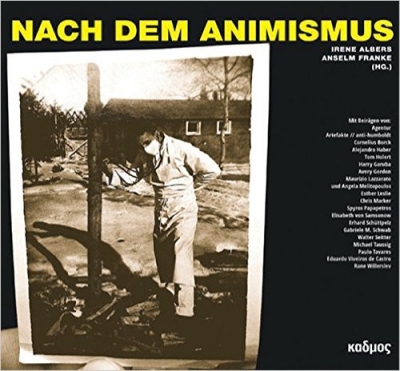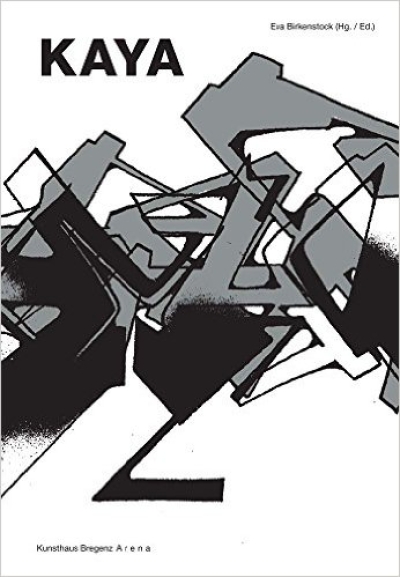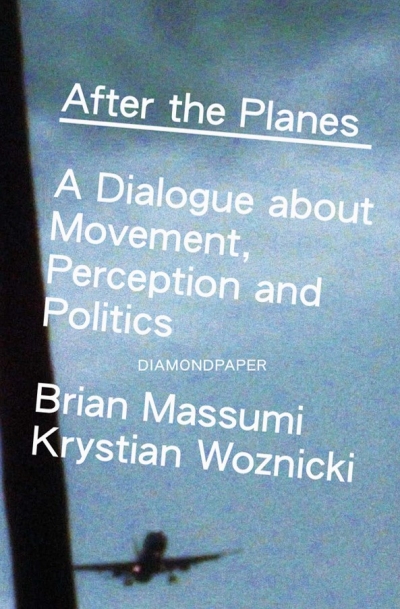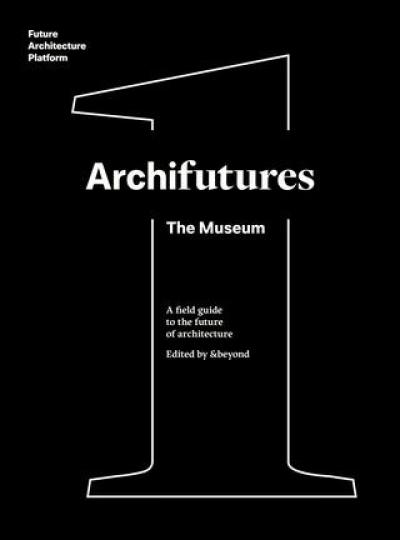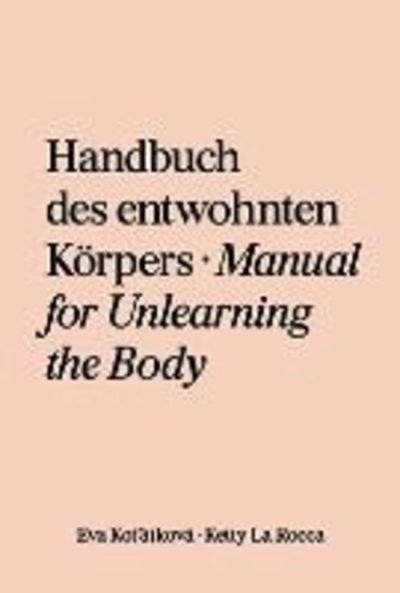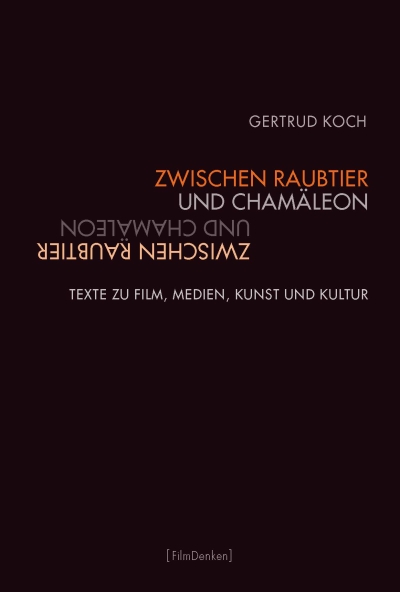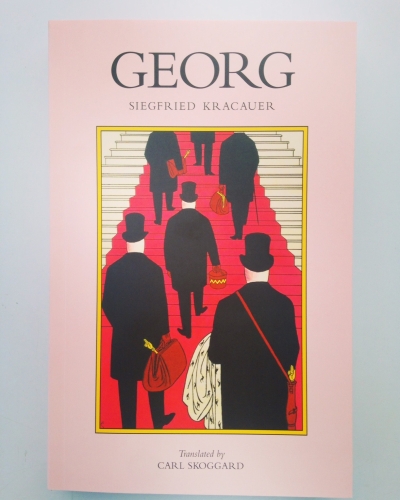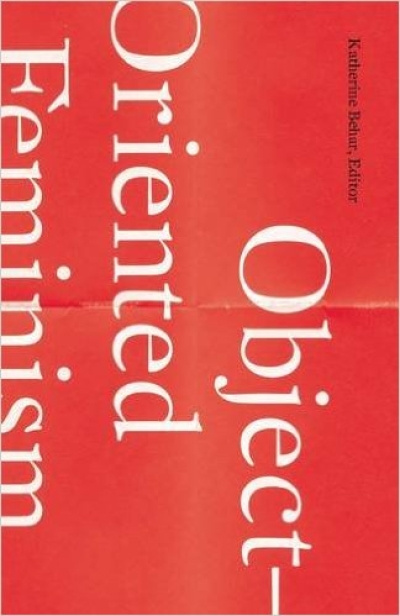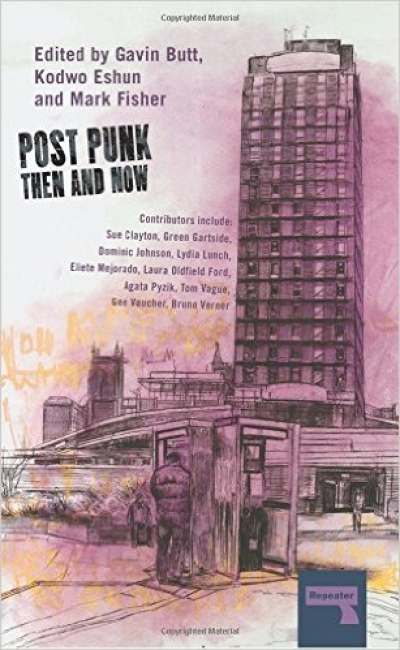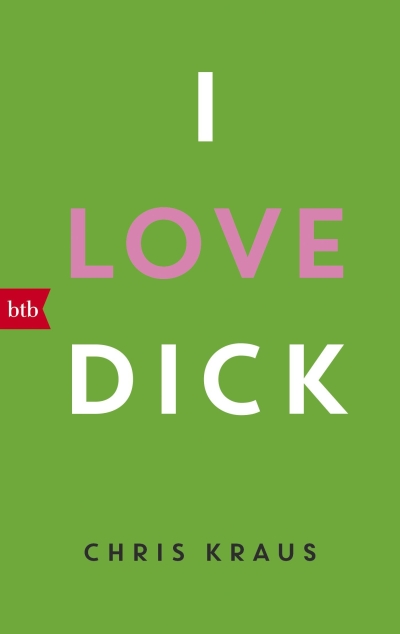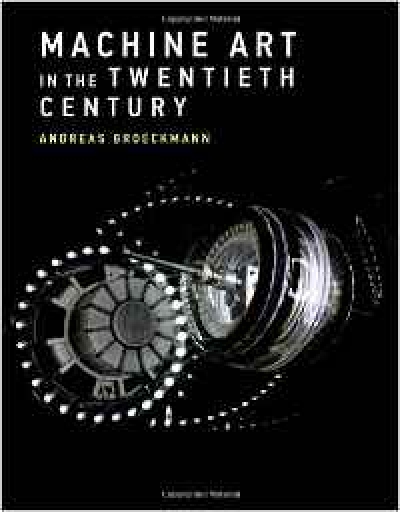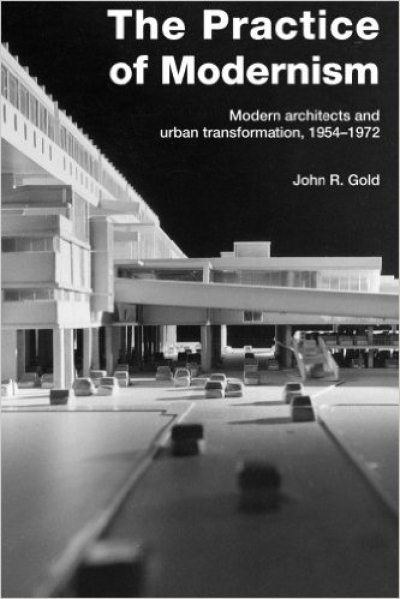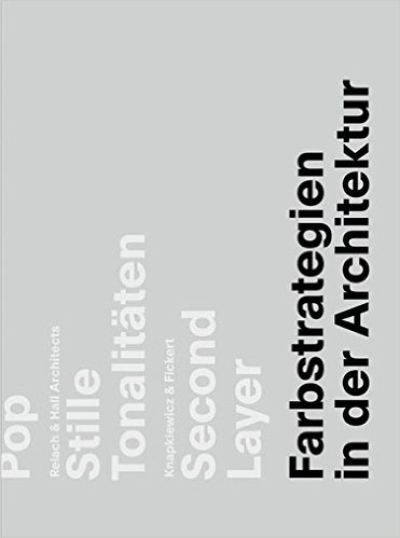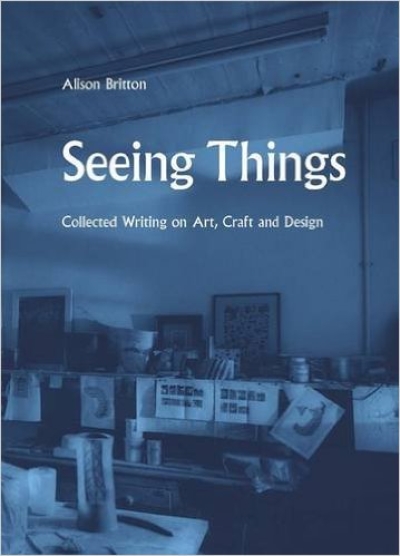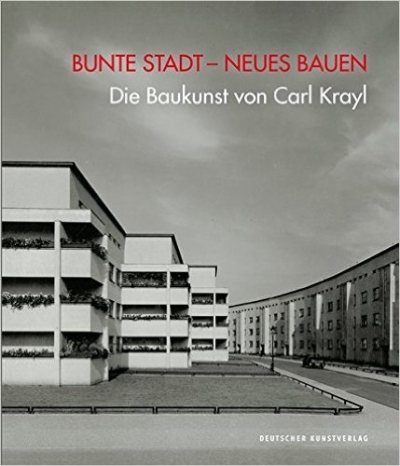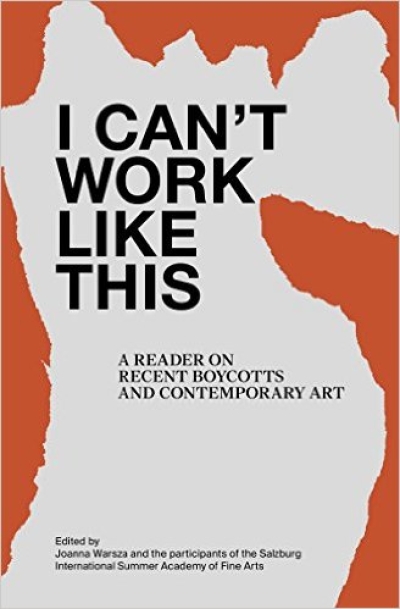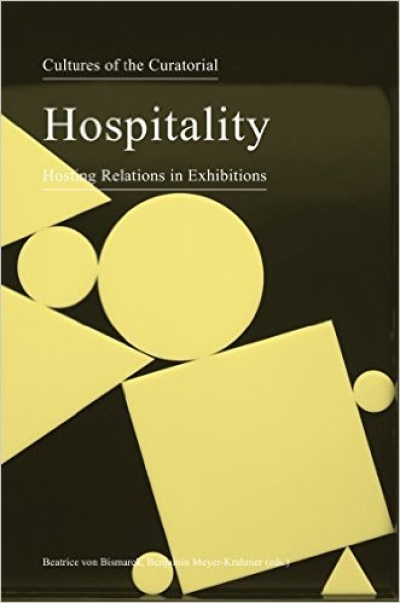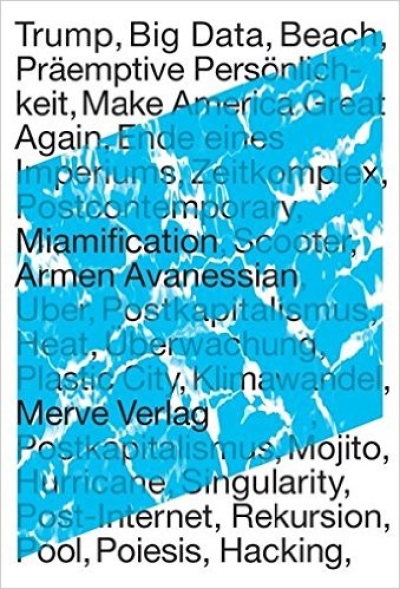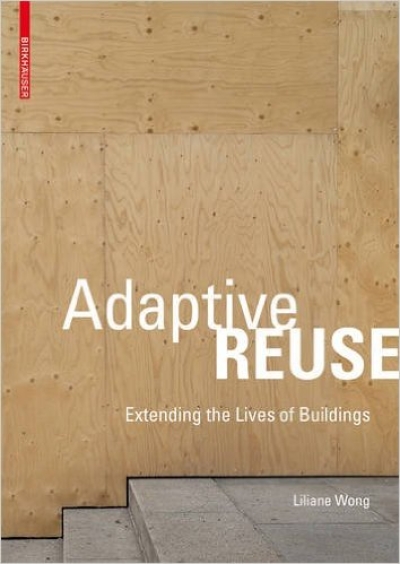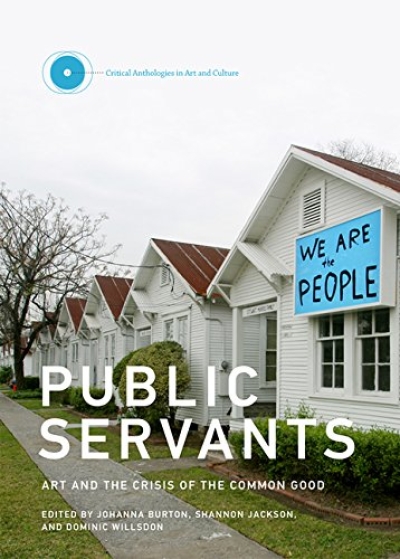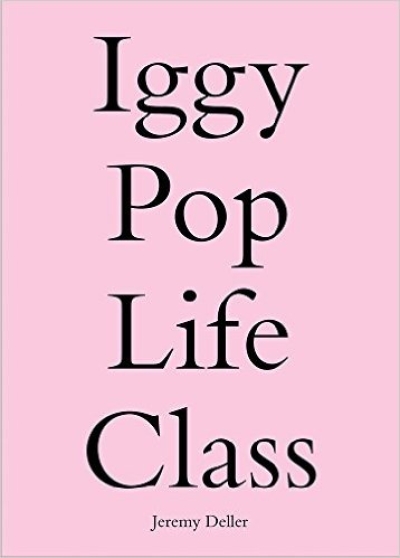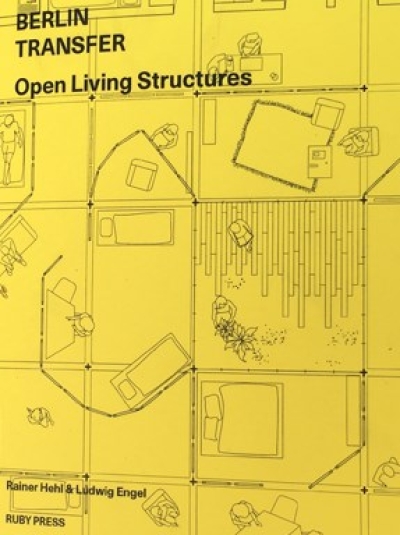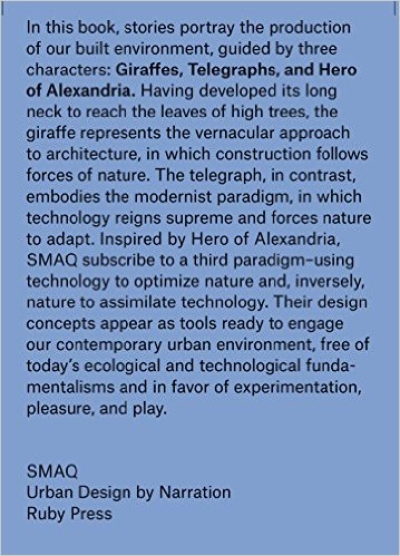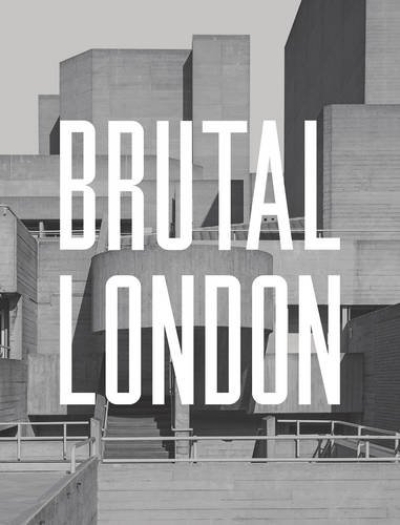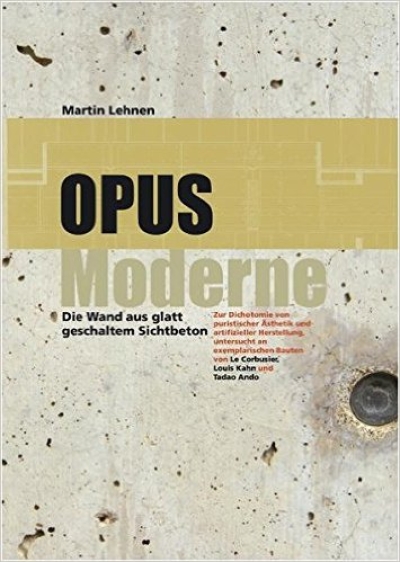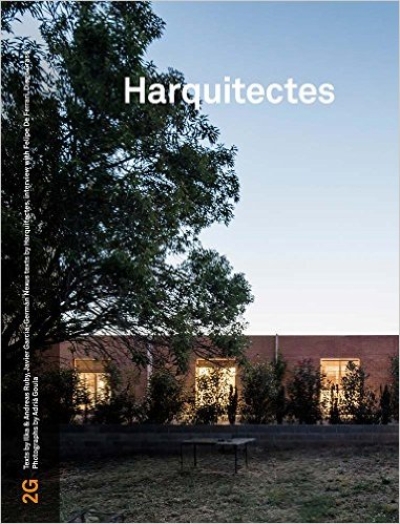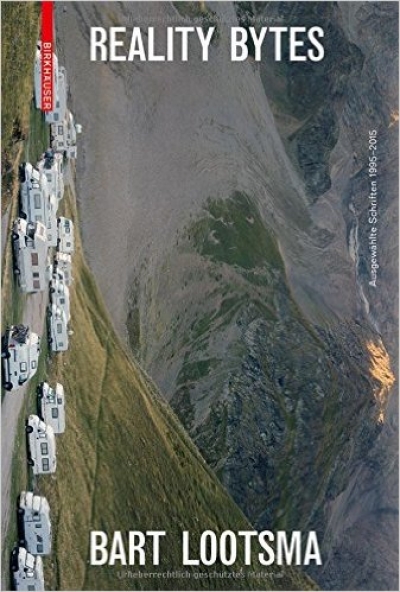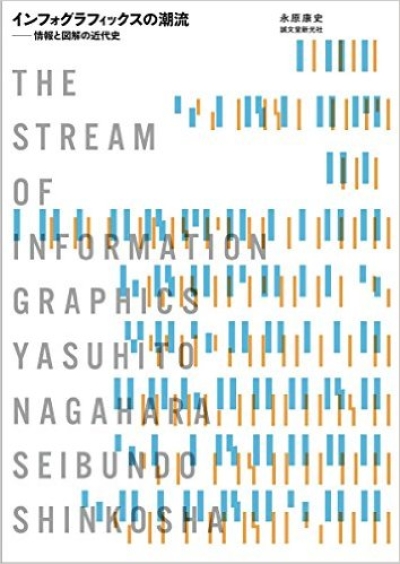Franco 'Bifo' Berardi
Futurability. The Age of Impotence and the Horizon of…
Aurin, Thomas Hegemann, Carl Witt,…
Volksbühne am Rosa-Luxemburg-Platz 1992-2017
Iñaki Ábalos
The good life: A guided visit to the houses of modernity
Stephen J. Phillips
Elastic Architecture: Frederick Kiesler and Design Research…
Marie-Luise Angerer
Affektökologie. Intensive Milieus und zufällige Begegnungen
Harmony Korine
Devils and Babies
Vanessa Weber
Everyday Urban Design 2. Überqueren, Unterqueren,…
Sebastian Bührig
Everyday Urban Design 1. Wohnen an der Kotti D'Azur
R. Bittner, A. Reese, K. Szymczak
Desk in Exile. A Bauhaus Object Traversing Different…
McKenzie Wark
General Intellects. Twenty-Five Thinkers for the Twenty-…
Noah Regenass, Markus Ritter (Hg.)
Lucius Burckhardt. Landschaftstheoretische Aquarelle und…
Cosey Fanni Tutti
Art Sex Music
Albena Yaneva
Five Ways to Make Architecture Political. An Introduction…
Parasite 2.0
Primitive Future Office
Anke Fesel, Chris Keller (Hg.)
Berlin Heartbeats: Stories from the wild years, 1990–…
Drei Farben House
Fluency Fabrics
Vrachliotis, Kleinmanns, Kunz, Kurz (Hg…
Frei Otto. Denken in Modellen
Christopher Long
Adolf Loos on Trial
Brillembourg, Kalagas, Klumpner,…
Reactivate Athens
Etienne Turpin, Anna-Sophie Springer (…
The Word for World is Still Forest
S. Mohebbi, R. Estevez (Hg)
Hotel Theory Reader
U. Kleefisch-Jobst, P. Köddermann, K.…
Alle wollen wohnen: Gerecht. Sozial. Bezahlbar
Moyra Davey
Les Goddesses/Hemlock Forest
Alain Badiou
The True Life
A. Stech, S. Fuls, R. Klanten (Hg)
Inside Utopia: Visionary Interiors and Futuristic Homes
Hannah Black, Juliana Huxtable
Life. A Novel
Robert Barry
The Music of the Future
Clare Lyster
Learning from Logistics. How Networks Change our Cities
Aaron Betsky
Architecture Matters
Sönke Gau
Institutionskritik als Methode. Hegemonie und Kritik im…
David A. Hanks, Friedrich Meschede (Hg.)
Partners in Design: Alfred H. Barr Jr. und Philip Johnson.…
Alain Badiou/Pierre Bourdieu/Judith…
Was ist ein Volk?
Annette Michelson
On the Eve of the Future. Selected Writings on Film
James Voorhies
Beyond Objecthood. The Exhibition as a Critical Form since…
Alexander Vasudevan
The Autonomous City: A History of Urban Squatting
Kris Paulsen
Here/There. Telepresence, Touch, and Art at the Interface
Gerd de Bruyn
Theorie der modernen Architektur. Programmatische Texte
Sven Lütticken
Cultural Revolution: Aesthetic Practice after Autonomy
Martin Herbert
Tell Them I Said No
Deutscher Werkbund (Hg.)
Taut baut: Geschichten zur Architektur von Max Taut
Maria Hlavajova, Simon Sheikh (Eds.)
Former West: Art and the Contemporary after 1989
Jane Rendell
The Architecture of Psychoanalysis. Spaces of Transition
Sissi Tax
the looks, not the books (allaphbed '19)
Arnt Cobbers
Breuer
Mercedes Bunz, Birgit M. Kaiser,…
Symptoms of the Planetary Condition: A Critical Vocabulary
Sarah Burkhalter, Laurence Schmidlin (…
Spacescapes Dance & Drawing
Marcus Verhagen
Flows and Counterflows. Globalisation in Contemporary Art
Andreas & Ilka Ruby
Infrastructure Space
Charlotte Ashby
Modernism in Scandinavia: Art, Architecture and Design
Kim Feser, Matthias Pasdzierny (Hg.)
Techno Studies. Ästhetik und Geschichte elektronischer…
Alessandro Biamonti
Archiflop. Gescheiterte Visionen. Die spektakulärsten…
Berliner Hefte zu Geschichte und…
Marx-Engels-Forum - Ja!
Yvonne P. Doderer
Glänzende Städte. Geschlechter- und andere Verhältnisse in…
Europan 13
The Adaptable City 2: Ergebnisse /Results
Erik Kessels
Fast Pefrekt. Die Kunst, hemmungslos zu scheitern. Wie aus…
C. Perren, S. B. Lovett (Eds.)
Expanded Architecture. Temporal Spatial Practices
M. Holm, K. Kjeldsen, M. Kallehauge (…
Wang Shu. Amateur Architecture Studio
Irene Albers, Anselm Franke (Hg.)
Nach dem Animismus
Amelie von Wulffen
Bilder / Works 1998-2016
Yuk Hui
The Question Concerning Technology in China. An Essay in…
Eva Birkenstock (Hg.)
KAYA. KUB Arena Vol. 4: Ausst. Kunsthaus Bregenz 2015
Brian Massumi, Krystian Woznicki
After the Planes. A Dialogue about Movement, Perception and…
&beyond (Eds.)
Archifutures Volume 1: The Museum. A Field Guide to the…
Eva Kotátková, Ketty La Rocca
Handbuch des entwohnten Körpers
Diedrich Diederichsen
Körpertreffer. Zur Ästhetik der nachpopulären Künste
Gertrud Koch (Autorin) Judith Keilbach…
Zwischen Raubtier und Chamäleon. Texte zu Film, Medien,…
Siegfried Kracauer (Author), Carl…
Georg
Katherine Behar (Ed.)
Object-Oriented Feminism
Gavin Butt, Kodwo Eshun, Mark Fisher (…
Post-Punk. Then and Now
Hilary Sample
Maintenance Architecture
Chris Kraus
I Love Dick
Andreas Broeckmann
Machine Art in the Twentieth Century
Ramaya Tegegne
Menage a Trois
John R. Gold
The Practice of Modernism: Modern Architects and Urban…
Peggy Deamer, Martin Reinhold
Architekturen unserer Arbeit
Haus der Farbe Zürich (Hg.)
Farbstrategien in der Architektur
Alison Britton
Seeing Things. Collected Writing on Art, Craft and Design
Gabriele Köster, Michael Stöneberg
Bunte Stadt - Neues Bauen: Die Baukunst von Carl Krayl
Joanna Warsza (Ed.)
I Can't Work Like This: A Reader on Recent Boycotts…
B. von Bismarck, B. Meyer-Krahmer
Hospitality: Hosting Relations in Exhibitions (Cultures of…
Stephan Trüby
Absolute Architekturbeginner. Schriften 2004-2014
Armen Avanessian
Miamification
Liliane Wong
Adaptive Reuse. Extending the Lives of Buildings
J. Burton, S. Jackson, D. Willsdon (eds…
Public Servants. Art and the Crisis of the Common Good
Jeremy Deller
Iggy Pop Life Class
Vanessa Miriam Carlow, Institute for…
Ruralism. The Future of Villages and Small Towns in an…
Rainer Hehl, Ludwig Engel (eds.)
Berlin Transfer. Open Living Structures
Andreas Quednau, Sabine Müller
SMAQ. Giraffes, Telegraphs, and Hero of Alexandria. Urban…
Daniela Sandler
Counterpreservation. Architectural Decay in Berlin Since…
Jennie Gottschalk
Experimental Music Since 1970
Simon Phipps
Brutal London
IDEA Magazine
IDEA 376. Graphic Designers and Exhibitions
Martin Lehnen
Opus Moderne. Die Wand aus glatt geschaltem Sichtbeton
Samuel Bianchini, Erik Verhagen (eds.)
Practicable. From Participation to Interaction in…
2G / #74
Harquitectes
Achim Valbracht (Hg.)
Das neue Grab
Bart Lootsma
Reality Bytes
Yasuhito Nagahara
The Stream of Information Graphics

